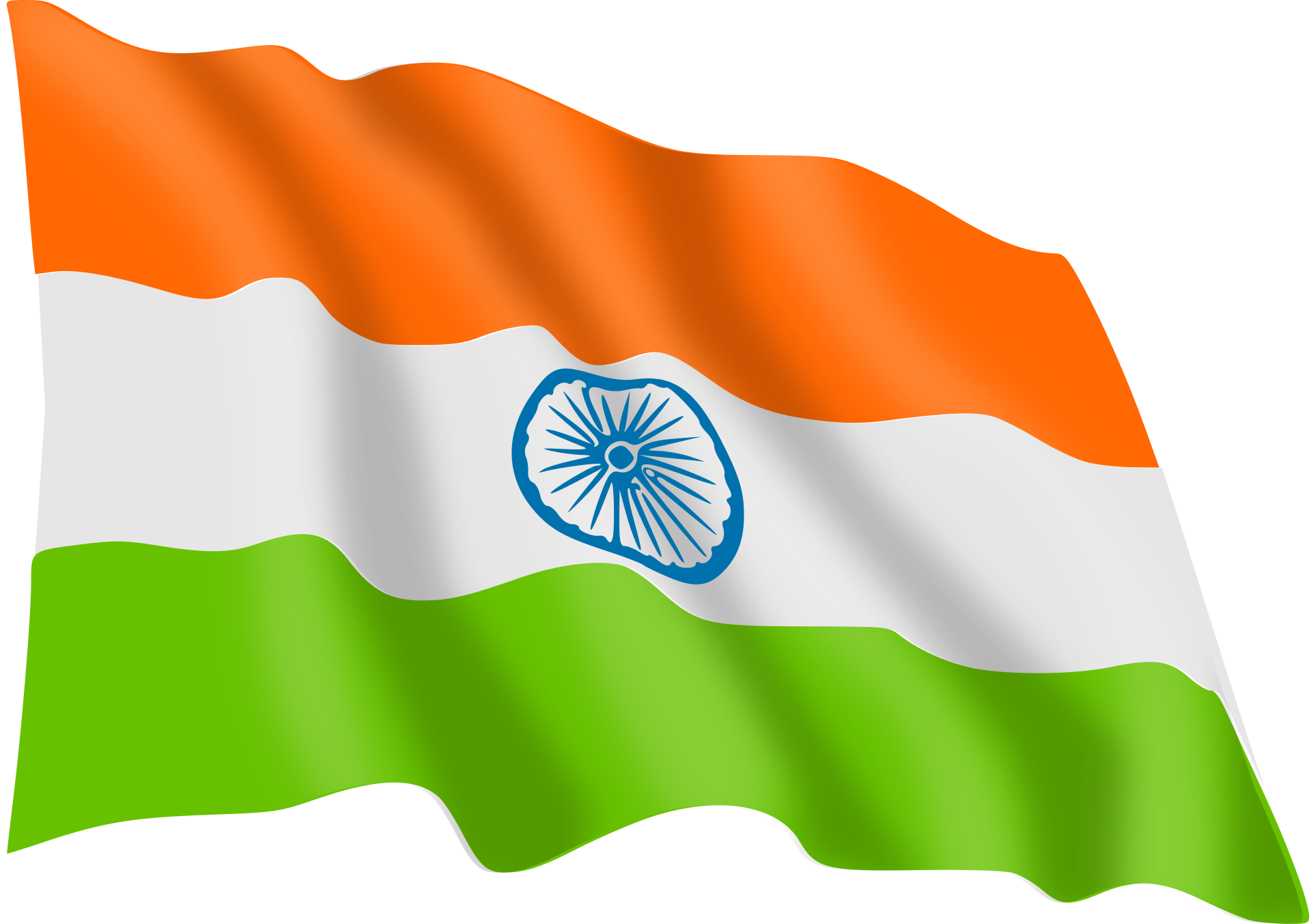This is the present Indian flag which was designed by Pingali Venkayya and was adopted in its present form during a meeting of the Constituent Assembly held on July 22, 1947 and it became the official flag on August 15, 1947.
The Asoka Chakra replaced the spinning wheel in the middle of the flag. The chakra was taken from the Lion Capital of Asoka which is
located at the top of the Asoka pillar at Sarnath.
The official flag specifications state that the flag should be made out of khadi, which is a special type of handmade cloth that Mahatma Gandhi
used to make himself. The Indian Flag sailed through many changes to arrive at what it is today. Here are some historical milestones in the evolution of our National Flag.
Calcutta Flag- This was the first tricolour unfurled on August 7, 1906 during a protest rally in Kolkata. The flag had three horizontal bands of equal width with the top being orange, the centre yellow and the bottom green in colour. It had eight half-opened lotus flowers on the top stripe, a picture of the sun and a crescent moon on the bottom stripe and the words ‘Vande Mataram’ inscribed in the centre.
The Berlin Committee Flag- On August 22, 1907 Madame Cama unfurled another tricolour flag in Stuttgart, Germany. This flag had a green stripe on top, saffron in the centre and red at the bottom. The green stood for Islam and the saffron for both Hinduism and Buddhism. The flag had eight lotuses in a line on the green band representing the eight provinces of British India. Madame Cama, Veer Savarkar and Shyamji Krishna Varma jointly designed the flag. After the outbreak of World War I, this flag became known as the Berlin Committee Flag.
Home Rule Movement – This flag was used during the Home Rule Movement in 1917. It was adopted by Bal Gangadhar Tilak and Annie Besant. The seven white stars signified the Saptarishi constellation
which is sacred to the Hindus. However, this flag was not very popular among Indians.
All India Congress Committee- This flag was unofficially adopted in 1921 by the All India Congress Committee. The white, green and red colours represented the minority religions, Muslims and Hindus respectively and was widely used even though it wasn’t officially adopted by the Indian National Congress.
Indian National Congress- The year 1931 was a landmark in the history of the flag. A resolution adopting a tricolour flag as the National Flag was passed by the Indian National Congress. It had a spinning wheel symbolising the progress of the nation.
Some Interesting Facts
- Madame Cama was the first person to hoist the Indian flag on foreign soil on August 22, 1907 in Stuttgart, Germany.
- The Indian flag was hoisted on the highest mountain peak of the world, Mount Everest, on May 29, 1953.
- The Indian National Flag flew to space in 1984 when Wing Commander Rakesh Sharma went to space. The flag was attached as a medallion on his space suit.
- On January 26, 2002, ordinary citizens were allowed to hoist it thanks to a public interest petition filed by Mr. Navin Jindal. Prior to this, the general public could hoist the flag only on a few selected national
days like Independence Day and Republic Day.

